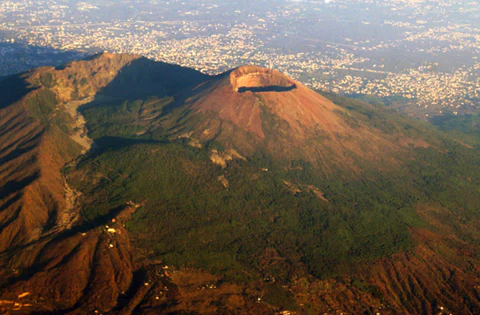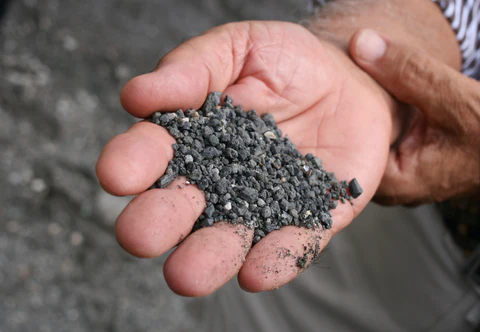Campania. Where the vicissitudes of Mother Nature makes fertile ground for entirely indigenous winemaking traditions.
Culturally speaking, Campania is a region that needs little introduction: Naples, Capri, the Amalfi Coast… the epitome of an ‘estate Italiana’. But when it comes to the wines of Campania, it is fair to say that they often (and wrongly) fly under the radar. We are going to change that. Because the wines of Campania both reflect the territory of the region and are peculiarities that deserve to be known.
First things first: the conditions that impact upon the wines of this area. There is a striking diversity and drama in the terroir of Campania. Arid inland, a jagged coastline and (obviously) the volcanic range that revolves around Mount Vesuvius. Rising from the landscape like the proverbial reminder that Mother Nature will always win, its eruption two millennia ago had a drastic impact not only on Pompeii but also on the future landscape. While the civilisations of Pompei and Herculaneum may have been buried under layers of ash, this same ash covered the landscape and came to become part of the land itself.

Let’s focus a little more on volcanic soil. Because although the Italian Peninsula is scarred with the remnants of long extinct volcanoes, very few remain a risk: and Mount Vesuvius is one of those. Its greatest eruption in 79AD was cataclysmic but there have been many subsequent eruptions, the last in 1944. These eruptions ensure a constant impact on the soil that surrounds the volcano.
Lava and ash combine to create minerals thrust from the centre of the earth like potassium, magnesium and iron, while the resulting porous volcanic soil aids root penetration. This leads to higher levels of acidity and minerality in the vines and (unsurprisingly) a remarkable complexity to the wine.

This is best demonstrated with the wines of Villa Dora: the only vineyard situated within the Mount Vesuvius National Park on the southern slope of the volcano. It was not the current custodians of Villa Dora who planted these vineyards, but instead their mission has been to rejuvenate historic vineyards. Many of these comprise rare varieties that are rarely found beyond this area, such as Caprettone and Piedirosso. This is because the minerals in the volcanic soil provide a natural resistance to Phylloxera; the vine mite which wiped out hordes of varieties across Europe. Therefore, a desire to protect these varieties for posterity is only natural.
The ’protection’ that volcanic soil provided to this devastating disease also contributes to the range of grape varieties cultivated across Campania that are specific to the area. In terms of white grapes, Fiano and Falanghina, have attained the widest renown, while Aglianico cultivated in the Taurasi appellation has rightly acquired the title of the Barolo of the South. But beyond these, there are numerous other fascinating varieties that are barely known beyond the area where they are found. This can partly be explained by the fact that quantities of these varieties are so small that they are often used as a blending grape as in the case of Piedirosso or there is confusion as to their origins. For instance, Coda di Volpe was widely cultivated in Ancient Rome while Caprettone is often confused as a relative of Coda di Volpe even though it is a different variety entirely.
The varied landscape of Campania dovetails perfectly with its clement climate and particular terroir. Volcanic soil provides a natural resilience that allows rare varieties to flourish as much as it lends notes that are entirely specific to this fascinating region.


